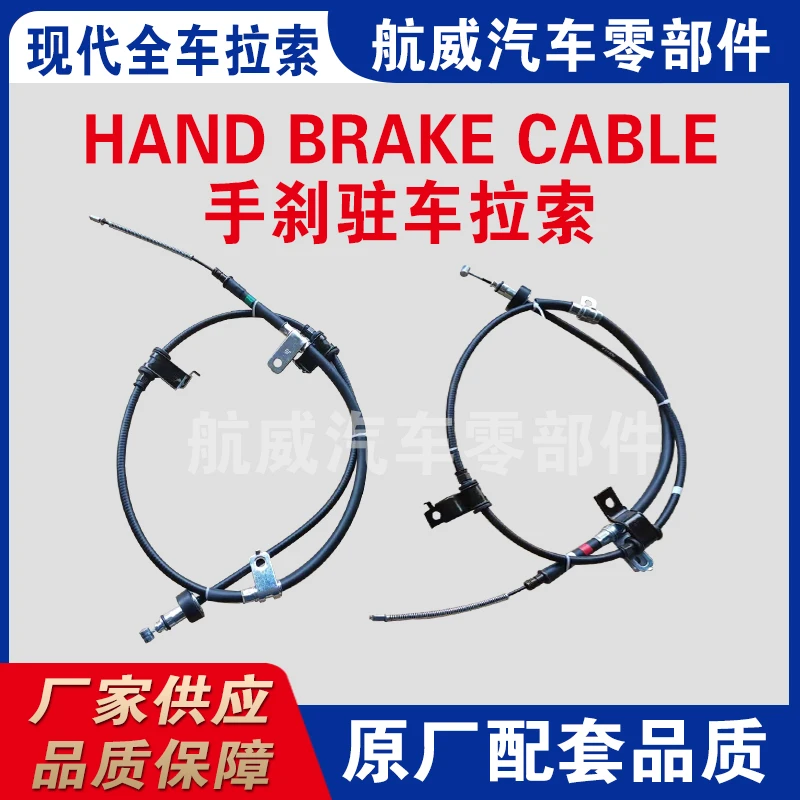gas pedal and throttle cable
Understanding the Gas Pedal and Throttle Cable The Heart of Your Vehicle's Acceleration
The gas pedal, also known as the accelerator pedal, along with the throttle cable, plays a crucial role in the operation of internal combustion engine vehicles. Understanding how these components work is essential for both car enthusiasts and everyday drivers, as they serve as the primary interface between the driver and the engine's power delivery.
When you press down on the gas pedal, it sends a signal to the throttle system, which regulates the amount of air and fuel entering the engine. In older vehicles, this was often done through a mechanical connection, typically involving a throttle cable. The throttle cable is a flexible wire that physically connects the gas pedal to the throttle body, which controls the airflow into the engine.
As the driver presses the gas pedal, the pedal's movement pulls on the throttle cable, which in turn opens the throttle valve in the engine. The more you press the pedal, the wider the throttle opens, allowing more air into the engine. This increase in airflow enhances combustion efficiency, enabling the engine to produce more power and, consequently, accelerate the vehicle.
gas pedal and throttle cable

In modern vehicles, many manufacturers have transitioned to electronic throttle control systems, which eliminate the need for a physical throttle cable. Instead, an electronic sensor detects the position of the gas pedal and sends this information to the vehicle's engine control unit (ECU). The ECU then adjusts the throttle position accordingly, making for a more precise control of the engine output. This shift to electronic systems has allowed for improved fuel efficiency, reduced emissions, and enhanced performance.
Despite technological advancements, understanding the basic principles behind the gas pedal and throttle cable remains important. For instance, if you experience a malfunction where pressing the gas pedal does not result in expected acceleration, it could indicate a problem with the throttle cable or, in modern vehicles, the electronic sensors or the ECU itself. Regular vehicle maintenance, including checks on the throttle system, can help prevent such issues and ensure a smooth driving experience.
In summary, the gas pedal and throttle cable (or electronic equivalent) are vital components of any vehicle that directly influence its performance. Whether you're driving a classic car with a traditional throttle cable or a modern vehicle with advanced electronic controls, an appreciation for how these systems work enhances your understanding of automotive functionality and ultimately contributes to a safer driving experience. Understanding these components not only empowers drivers but also enriches their appreciation of automotive engineering.
-
Workings of Clutch Pipe and Hose SystemsNewsJun.04,2025
-
The Inner Workings of Hand Brake Cable SystemsNewsJun.04,2025
-
The Secrets of Throttle and Accelerator CablesNewsJun.04,2025
-
The Hidden Lifeline of Your Transmission Gear Shift CablesNewsJun.04,2025
-
Demystifying Gear Cables and Shift LinkagesNewsJun.04,2025
-
Decoding Clutch Line Systems A Comprehensive GuideNewsJun.04,2025
